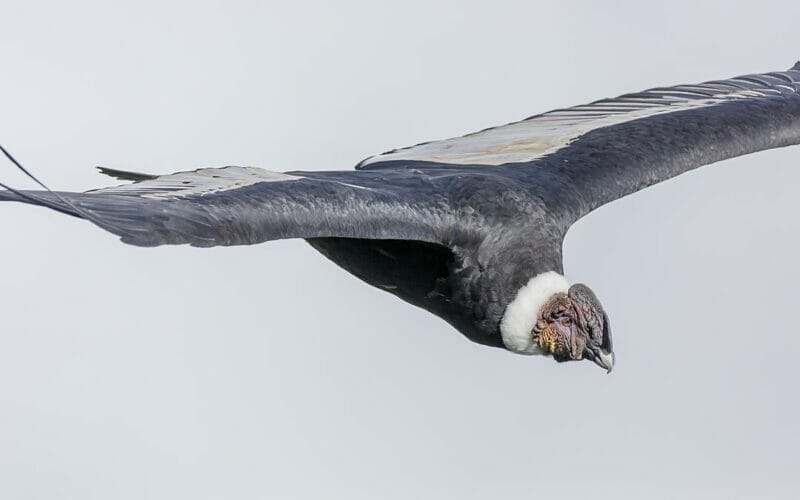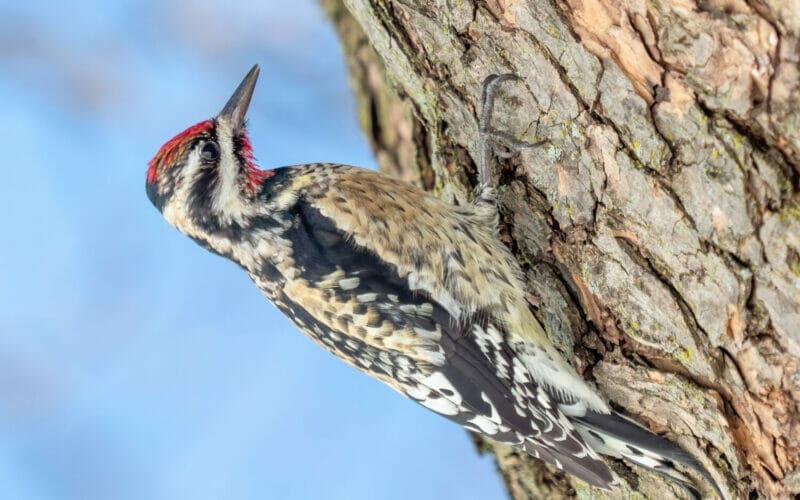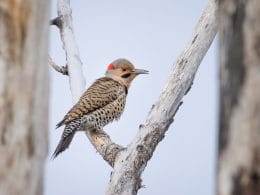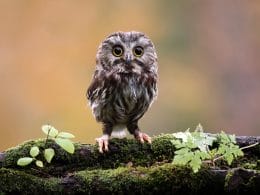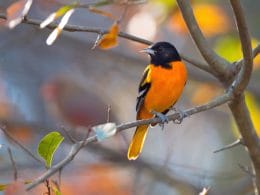Finches are members of the family Fringillidae. They are defined as small passerines with cone shaped bills. In fact it is the bill shape that usually identifies them to us in the field. The bill has adapted for digging out seeds and nuts. They do not migrate and are usually colorful and seen in groups.
But did you know that the Evening Grosbeak is a finch but the Yellow Grosbeak is not? Or that Hawaii has over 35 species that are members of the Fringillidae family?
Confused? Me too! Let’s see if we can sort them out
Finches in the USA
We will be gathering data from the American Bird Association (ABA) and eBird to sift through these species. According to the ABA, there are 67 Fringillidae birds seen throughout the United States. We can break those down as follows:
- Native to continental America – 17
- Vagrants, exotics and escapees – 11
- Native to Hawaii – 39
In this post, we will be listing all the finches found in continental America and trying to figure out why some finch-like birds are classed as finches and some are not. The Hawaiian finches deserve a post of their own!
Grosbeak Finches
As you can imagine, early ornithologists named this bird because of the size of the bill. Hence Grosbeak. However, later studies showed it had similarities to finches and some species were moved into that family. Other Grosbeak species are still in the cardinal family. This kind of confusion is common in ornithology and remains unresolved.
Evening Grosbeak

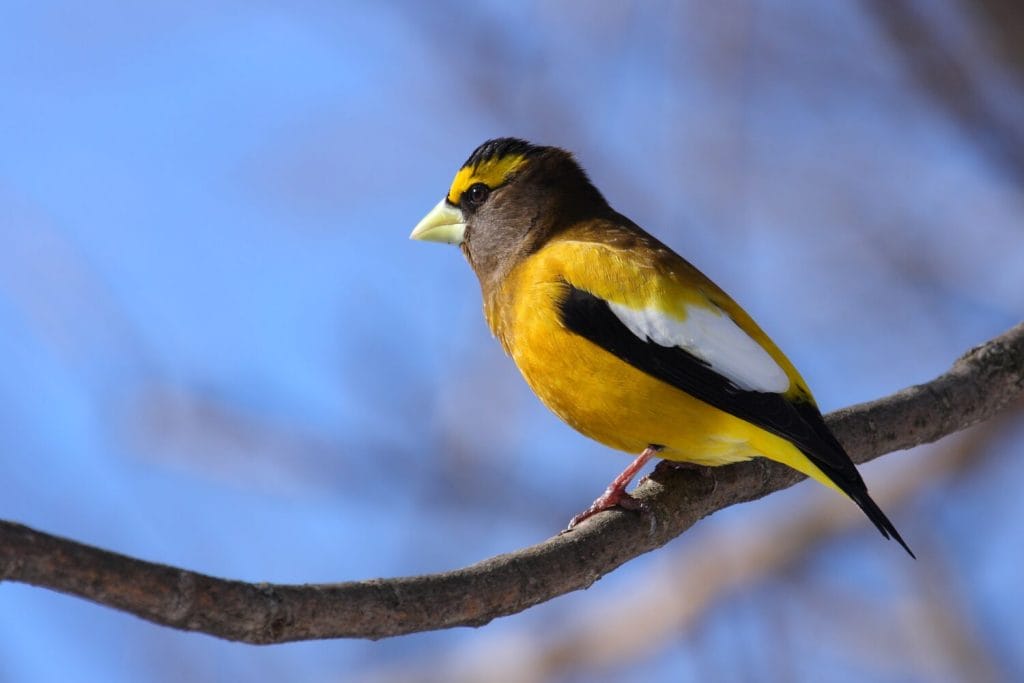
Scientific Name – Coccothraustes vespertinus
Status – vulnerable
Range

Habitat & Habits – forages on forest floor
Pine Grosbeak
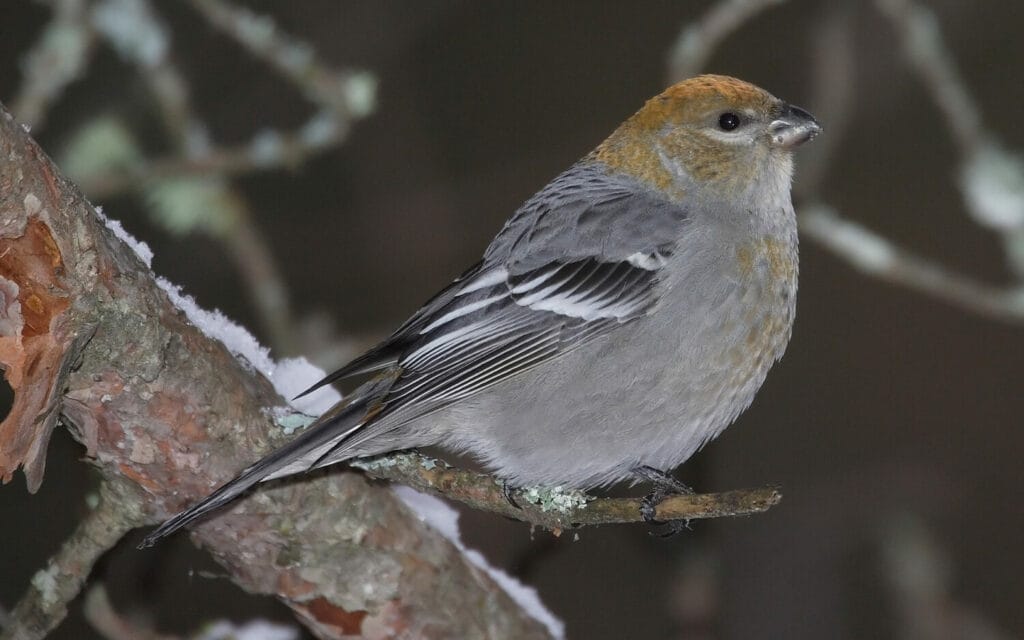
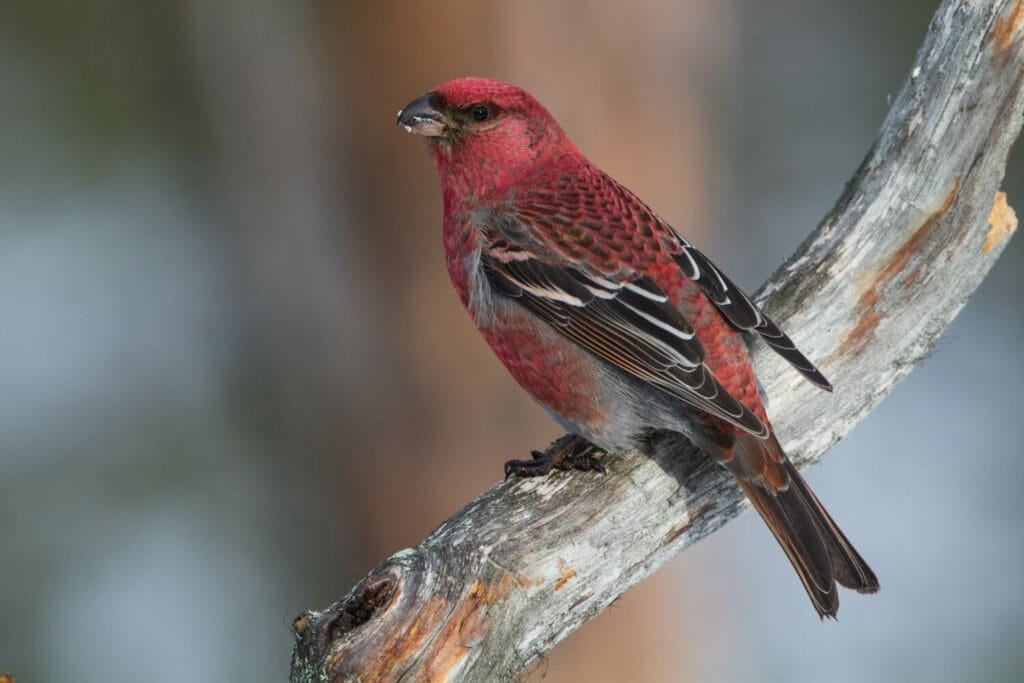
Scientific Name – Pinicola enucleator
Status – least Concern
Range
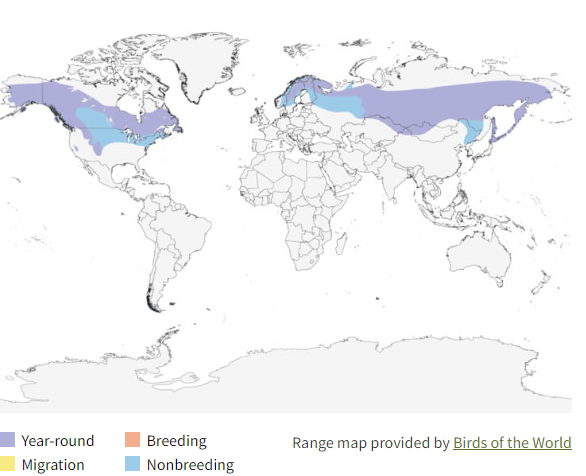
Habitat & Habits – forage gleaner in open woodlands
Rosy-finches
Rosy-finches are really interesting and special members of the finch family. They are restricted to higher altitudes. They live above the tree line in American alpine regions.
Grey-crowned Rosy-Finch
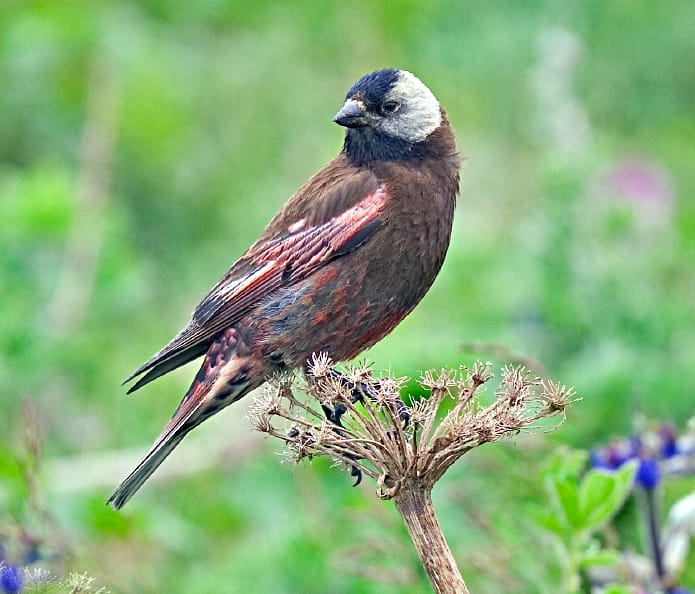
Scientific Name – Leucosticte tephrocotis
Status – least concern
Range
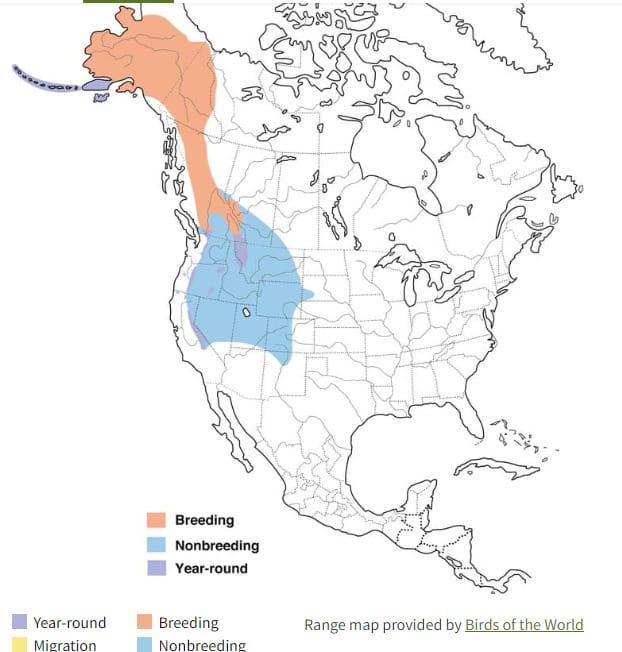
Habitat & Habits – ground forager in tundra environments
Black Rosy-Finch
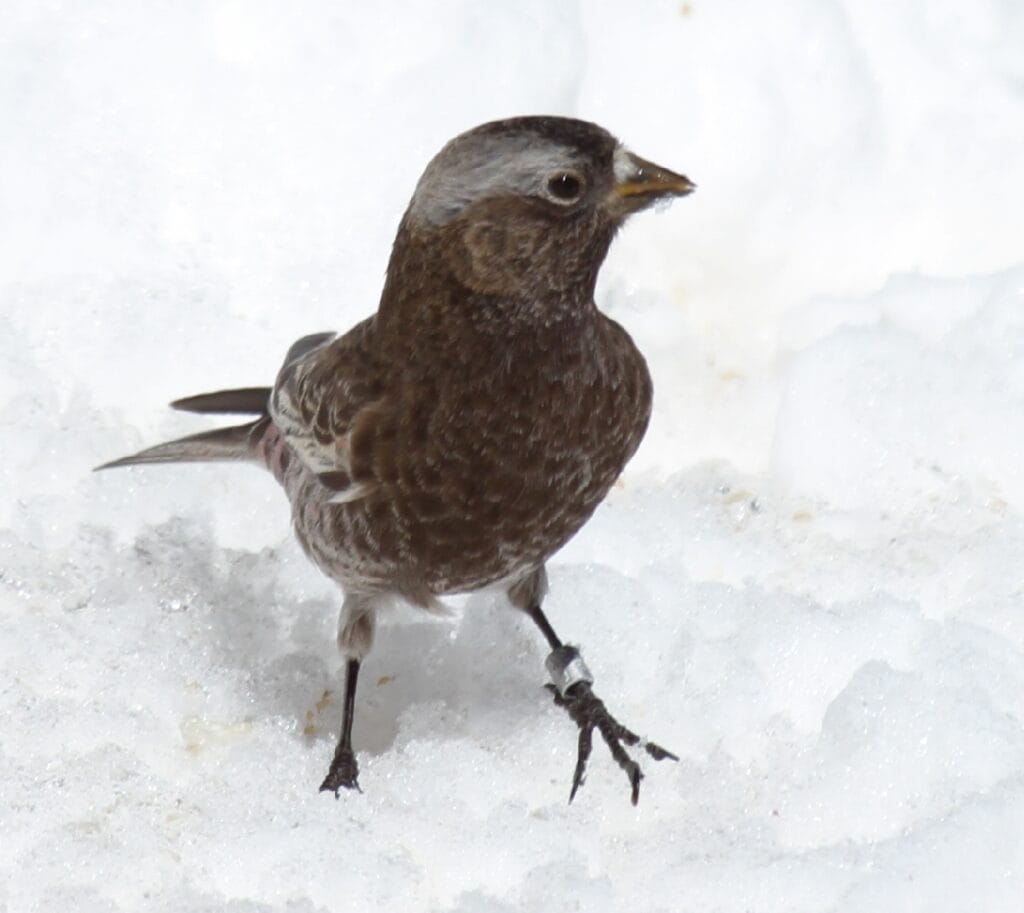
Scientific Name – Leucosticte atrata
Status – endangered
Range
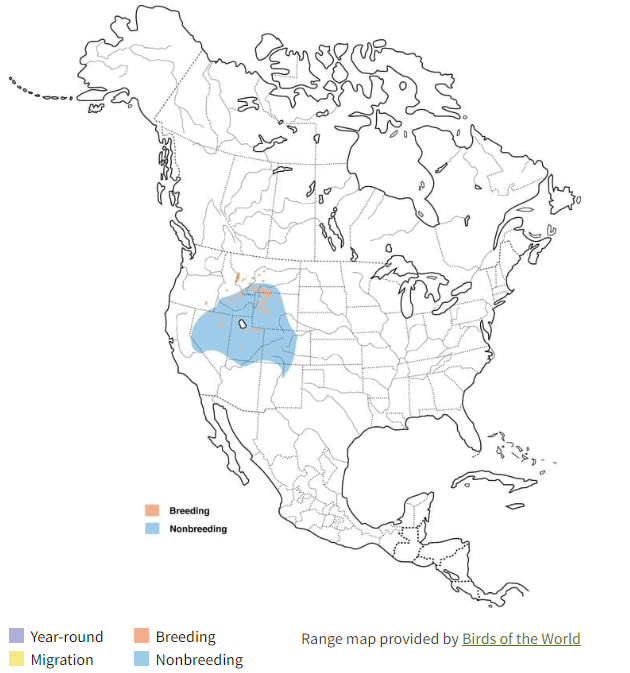
Habitat & Habits – ground forager in tundra environments
Brown-capped Rosy-Finch

Scientific Name – Leucosticte australis
Status – endangered
Range
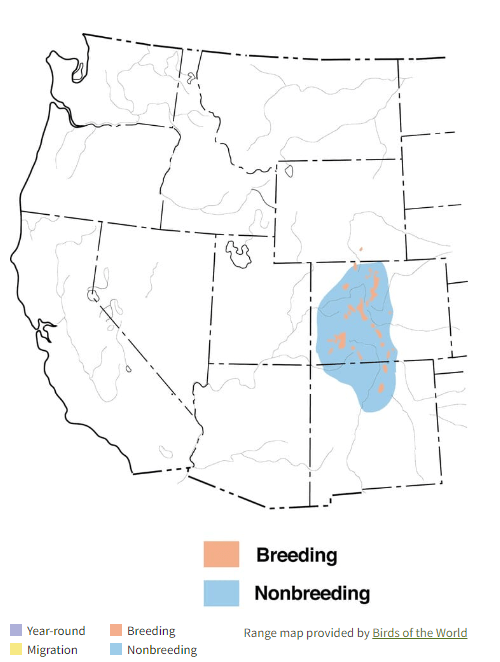
Habitat & Habits – ground forager in tundra environments
Pink Finches
These are my personal favorites and not actually a recognized group but they are just so gorgeous.
House Finch
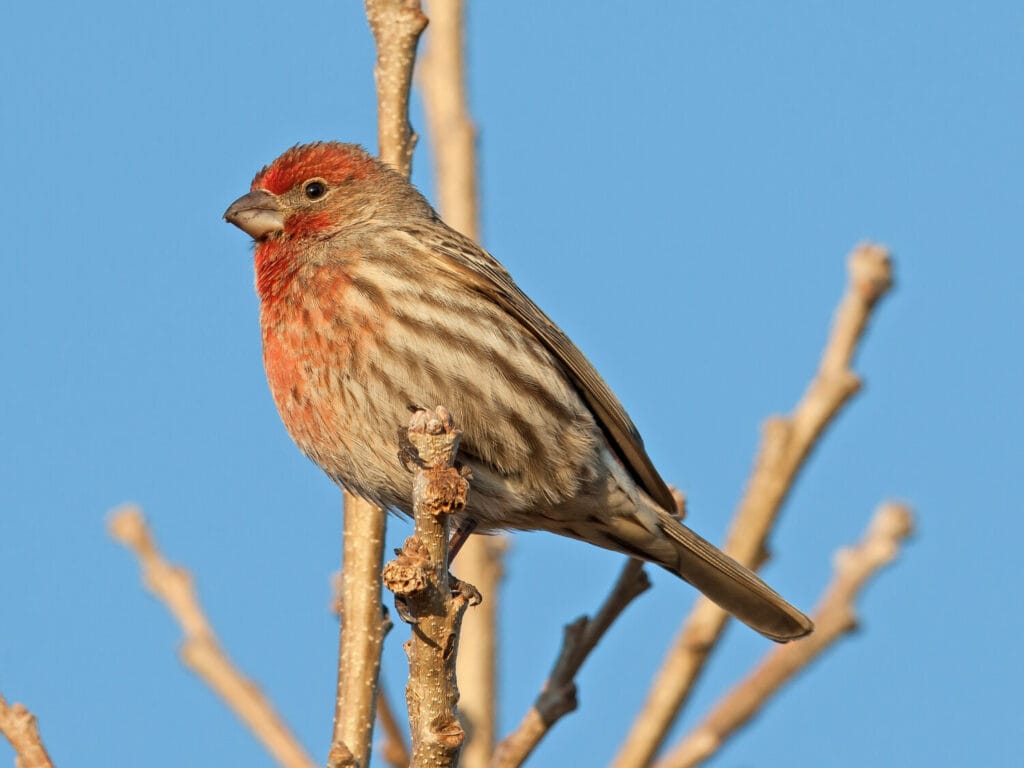
Scientific Name – Haemorhous mexicanus
Status – least concern
Range
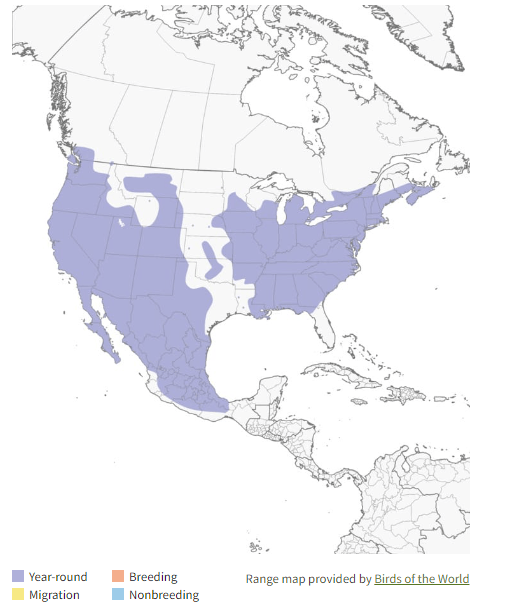
Habitat & Habits – ground forager in urban areas
Purple Finch
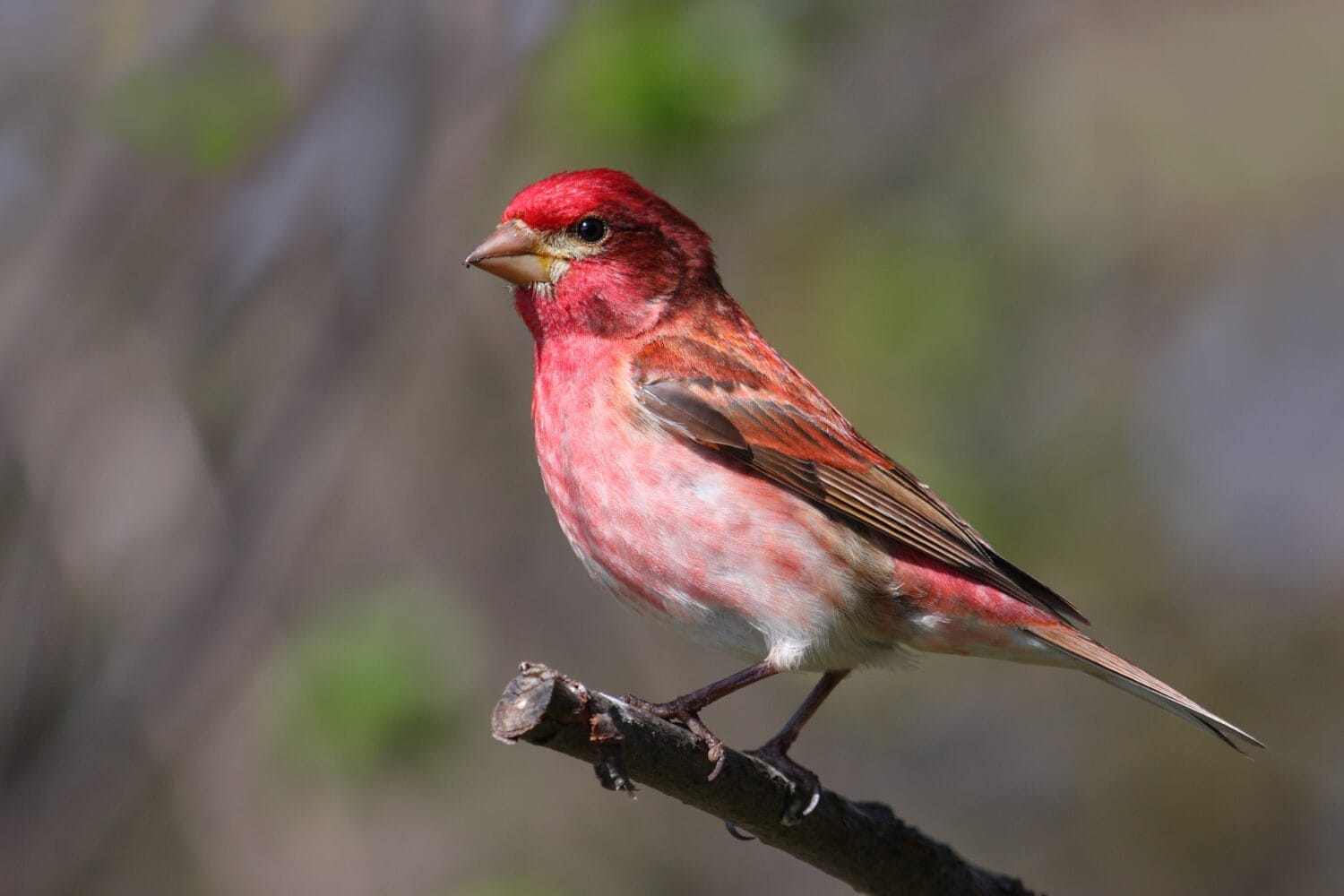
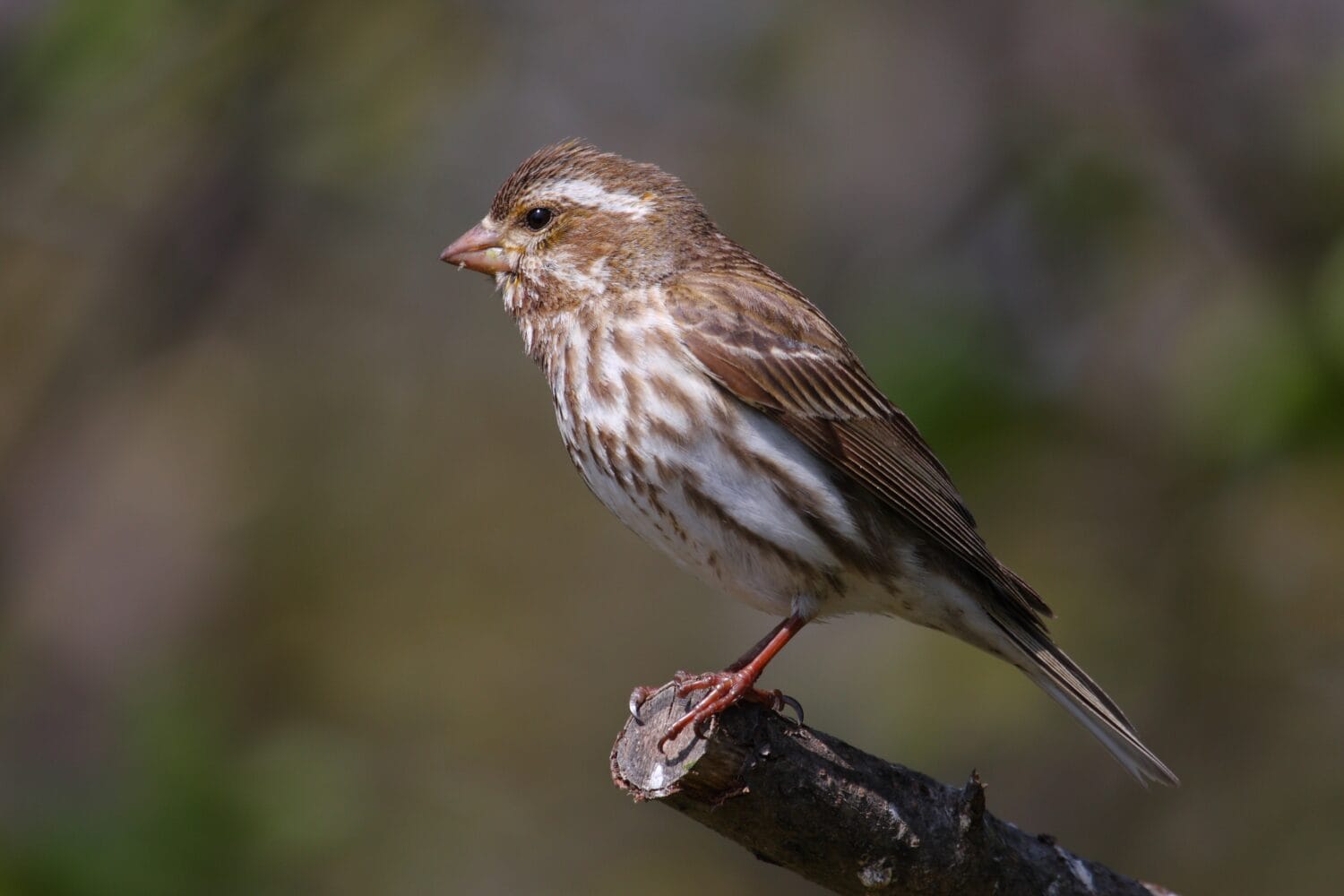
Scientific Name – Haemorhous purpureus
Status – least concern
Range

Habitat & Habits – foliage gleaner in forests
Cassin’s Finch

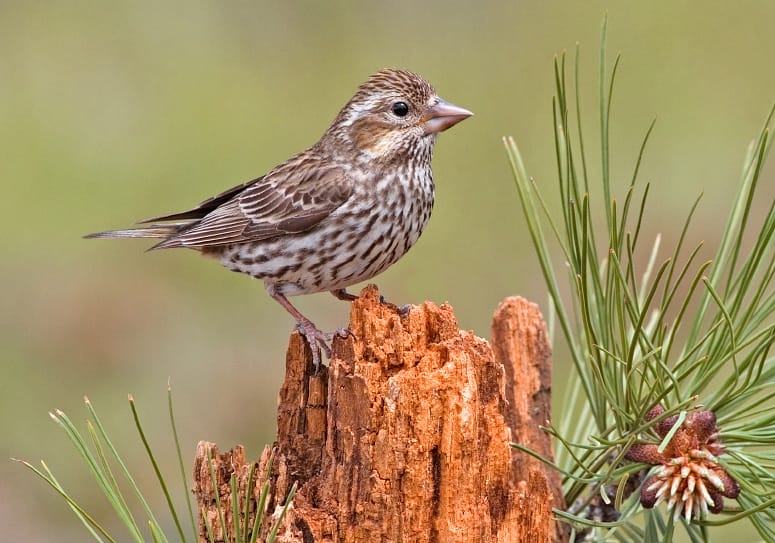
Scientific Name – Haemorhous cassinii
Status – least concern
Range
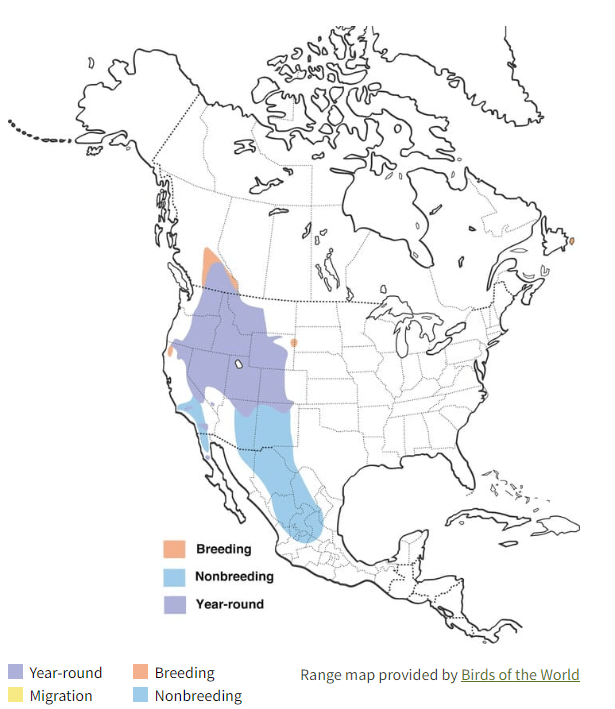
Habitat & Habits – ground forager in forests
Redpoll Finches
Redpoll are a group of finches that are typically a patterned brown with red heads. They can be found pretty much across the globe.
Common Redpoll
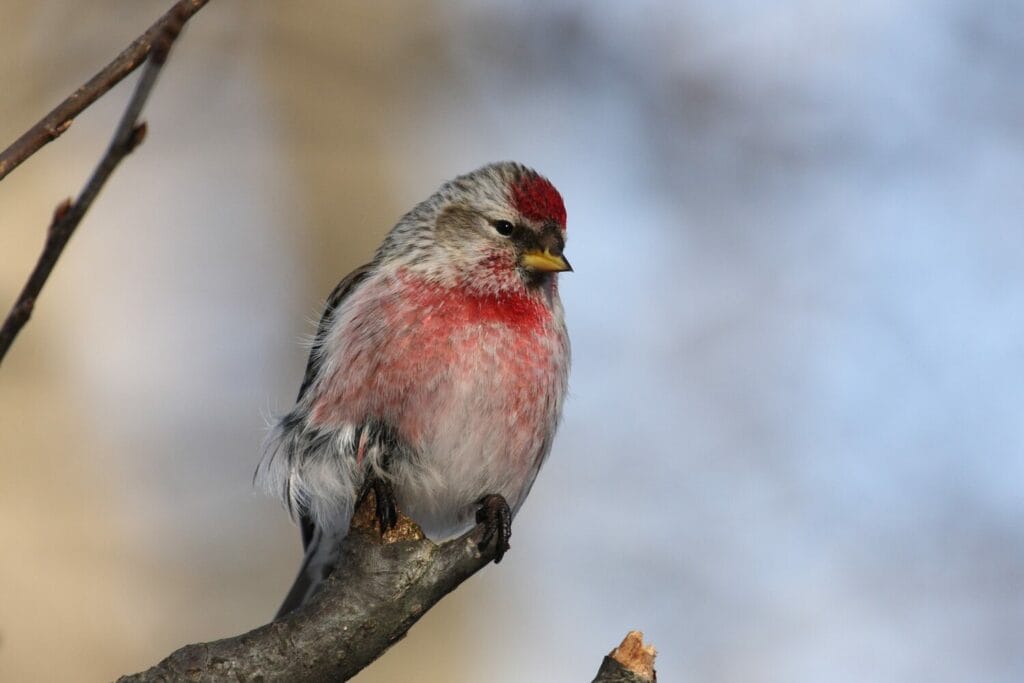
Scientific Name – Acanthis flammea
Status – least concern
Range
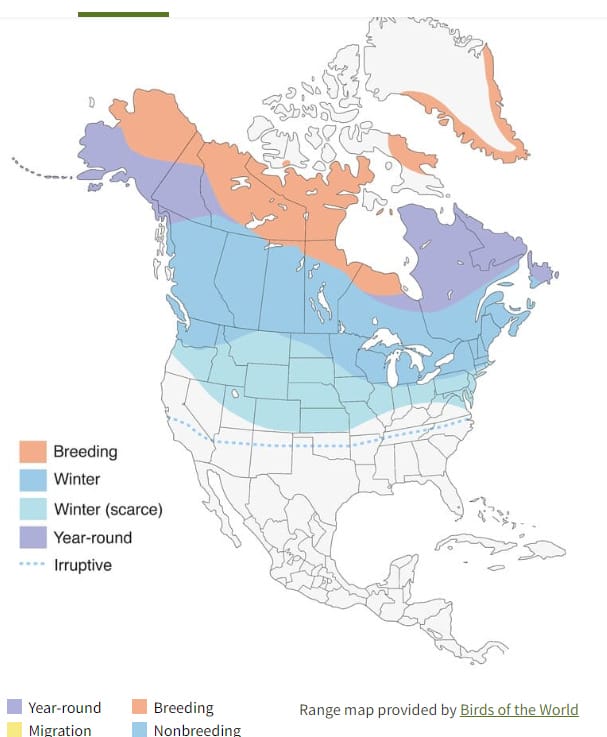
Habitat & Habits – foliage gleaner in open woodlands
Hoary/Arctic Redpoll

Scientific Name – Acanthis hornemanni
Status – vulnerable
Range
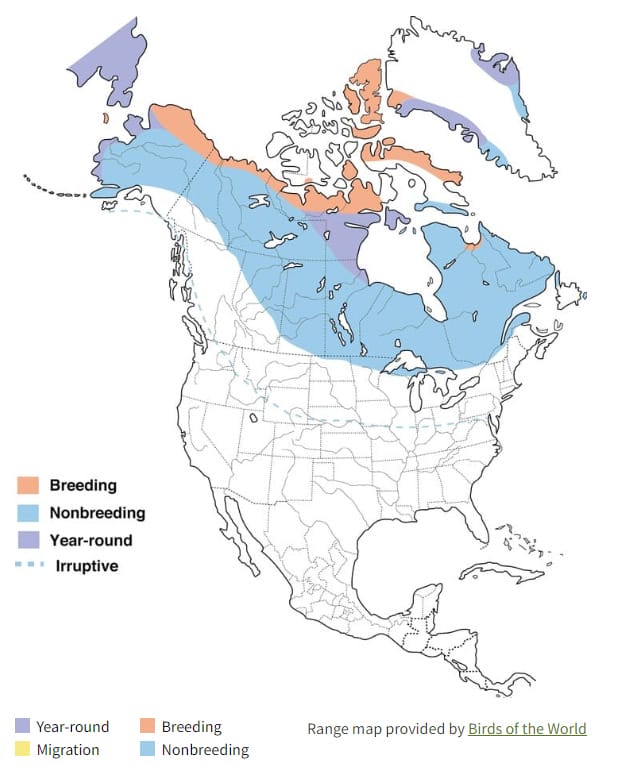
Habitat & Habits – forage gleaner in scrub
Crossbill Finches
The Loxia genus comprises of several species across the globe and they have a distinctive bill which is cross over. They use this to dig out seeds from pine cones.
Red/Common Crossbill
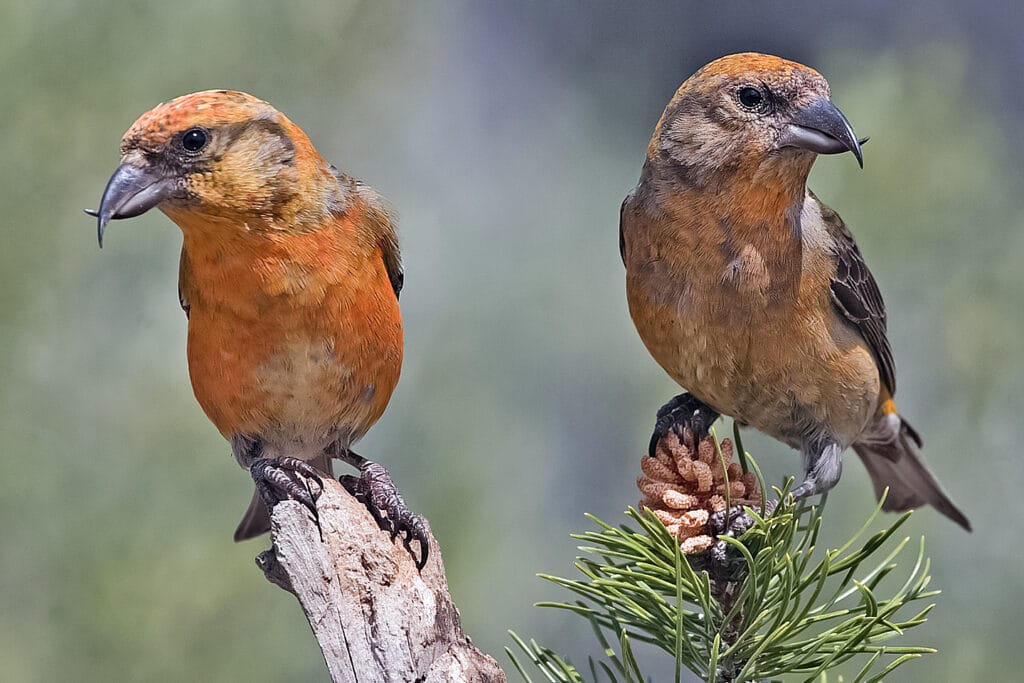
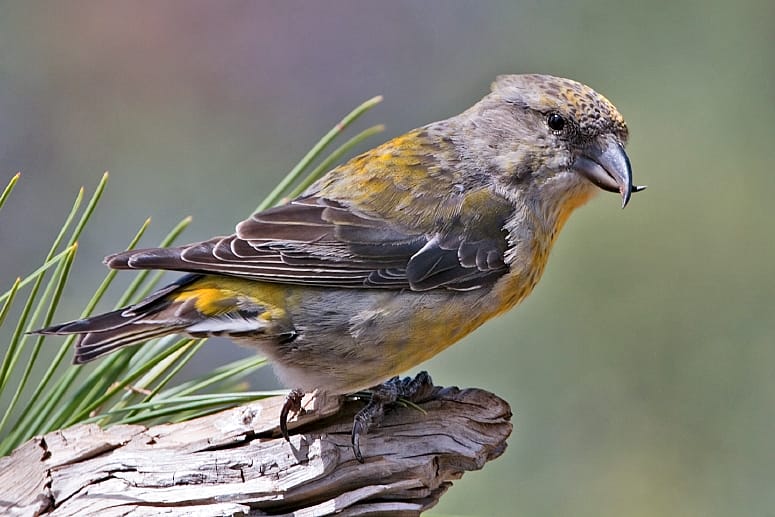
Scientific Name – Loxia curvirostra
Status – Least concern
Range

Habitat & Habits – foliage gleaner in forests
Cassia Crossbill

Scientific Name – Loxia sinesciuris
Status – restricted Range
Range
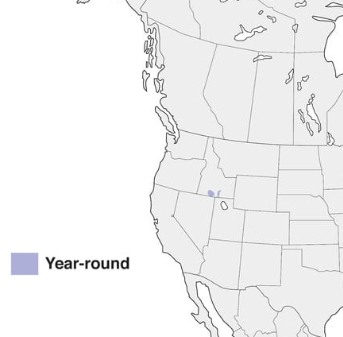
Habitat & Habits – foliage gleaner in forests
White-winged/Two-barred Crossbill
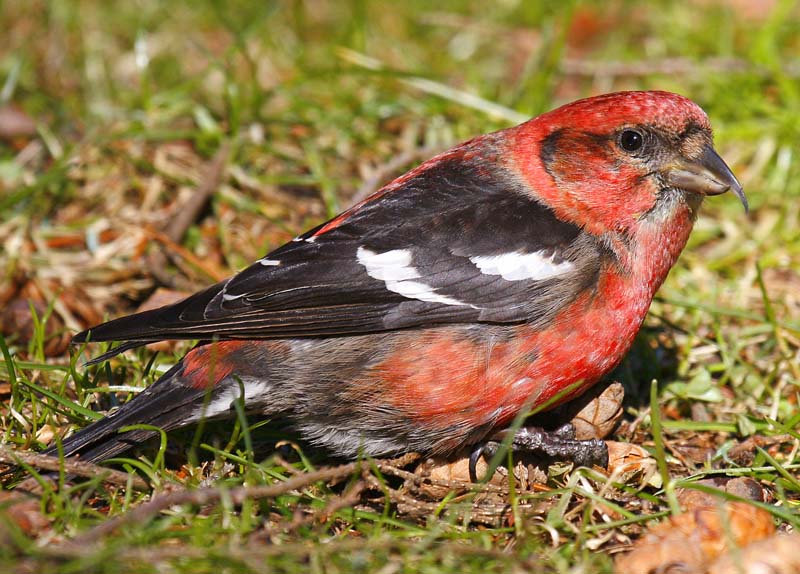
Scientific Name – Loxia leucoptera
Status – least concern
Range

Habitat & Habits – foliage gleaner in forests
Siskin Finches
The word siskin comes from an old German dialect but it is not really known how it relates to this genus of finch.
Pine Siskin
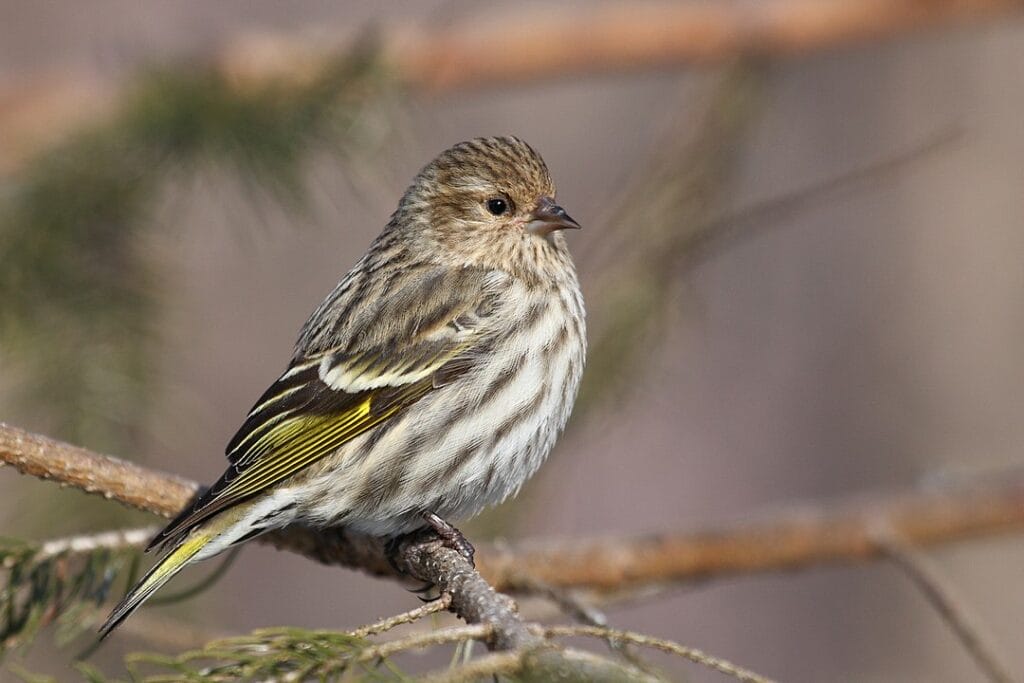
Scientific Name – Spinus pinus
Status – least concern
Range
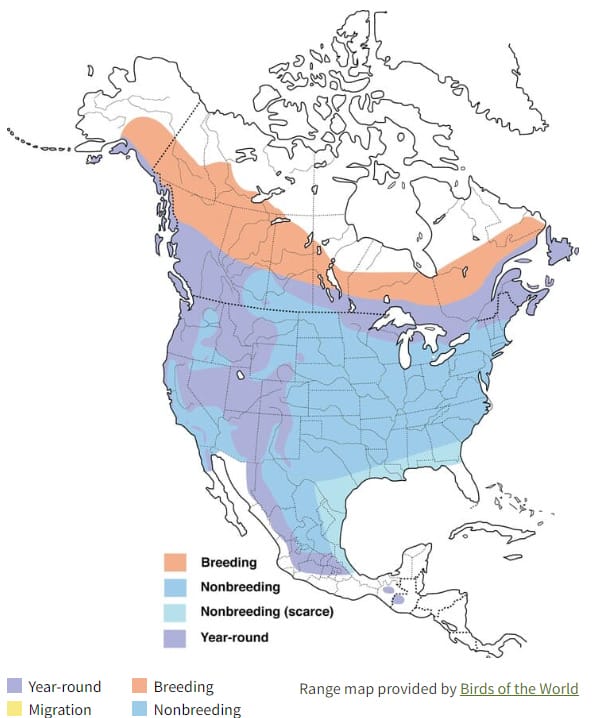
Habitat & Habits – foliage gleaner in open woodlands
Goldfinches
Goldfinches in American and Europe are very different looking birds. They are also in different genera and as so, are unrelated.
Lesser Goldfinch

Scientific Name – Spinus psaltria
Status – least concern
Range
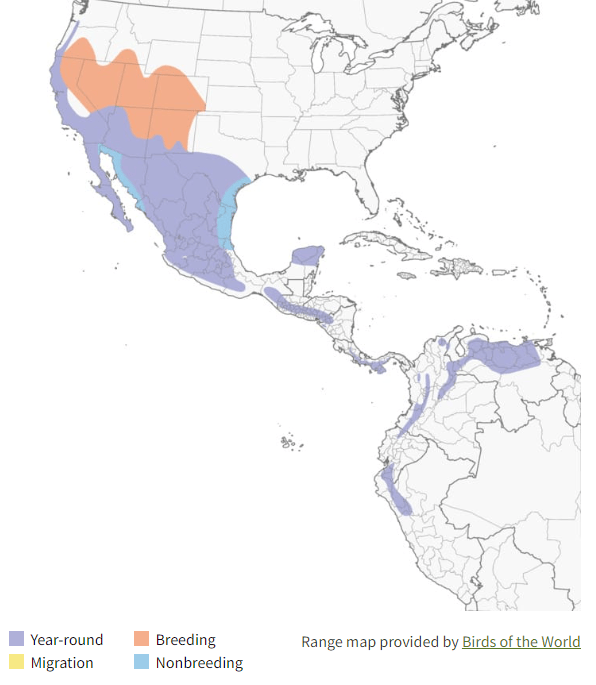
Habitat & Habits – foliage gleaner in open woodlands
Lawrence’s Goldfinch

Scientific Name – Spinus lawrencei
Status – least concern
Range

Habitat & Habits – foliage gleaner in open woodlands
American Goldfinch
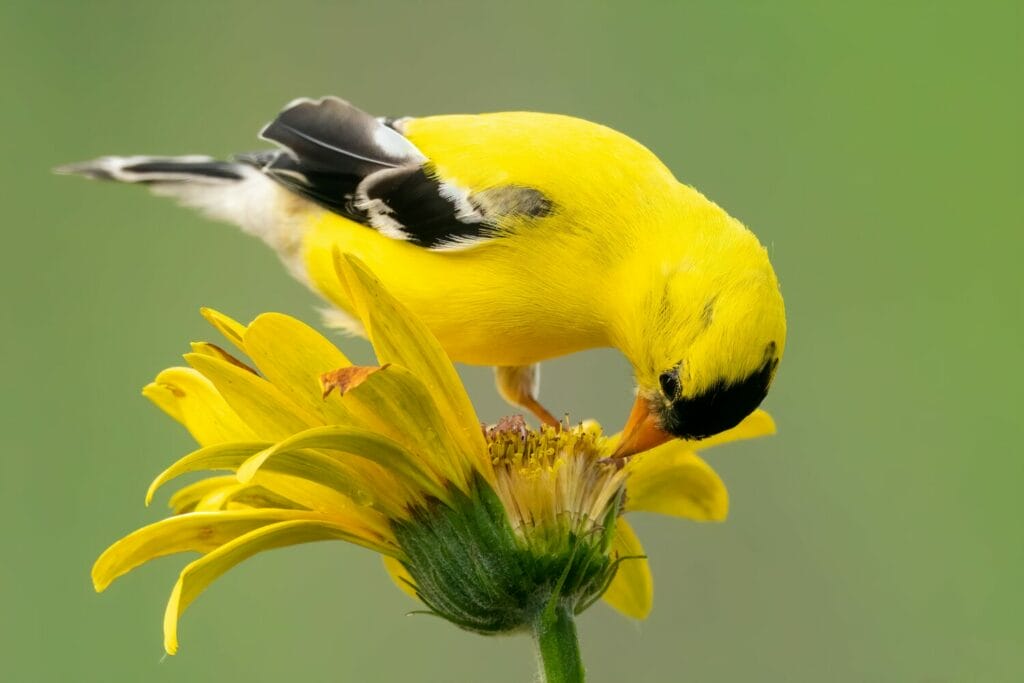
Scientific Name – Spinus tristis
Status – least concern
Range
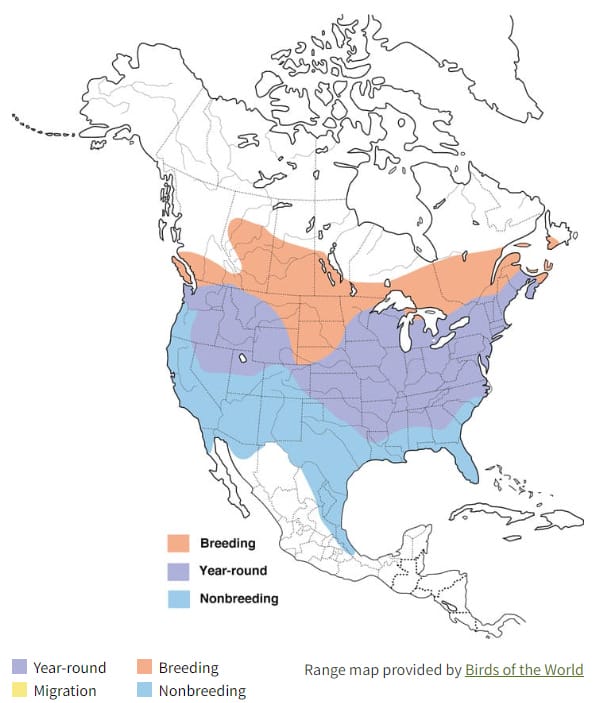
Habitat & Habits – foliage gleaner in open woodlands
Conclusion
And there we have it. 17 continental U.S. goldfinch across 7 genera with lots of similar looking or sounding species in other families. But that is birding! Nevertheless, these birds all live up to their reputations of being colorful. They are simply gorgeous. For me, I have never seen rosy-finch and they are now on my bucket list!
FAQ
A study has shown that red-headed finches are most aggressive. That would make the redpoll candidates for that dubious title. However, I have seen plenty of redpoll and have never seen them be anything other than gentle.
Finches are likely to live for around 10 years but could be as much as 20.
The Gouldian Finch in Australia is critically endangered.





